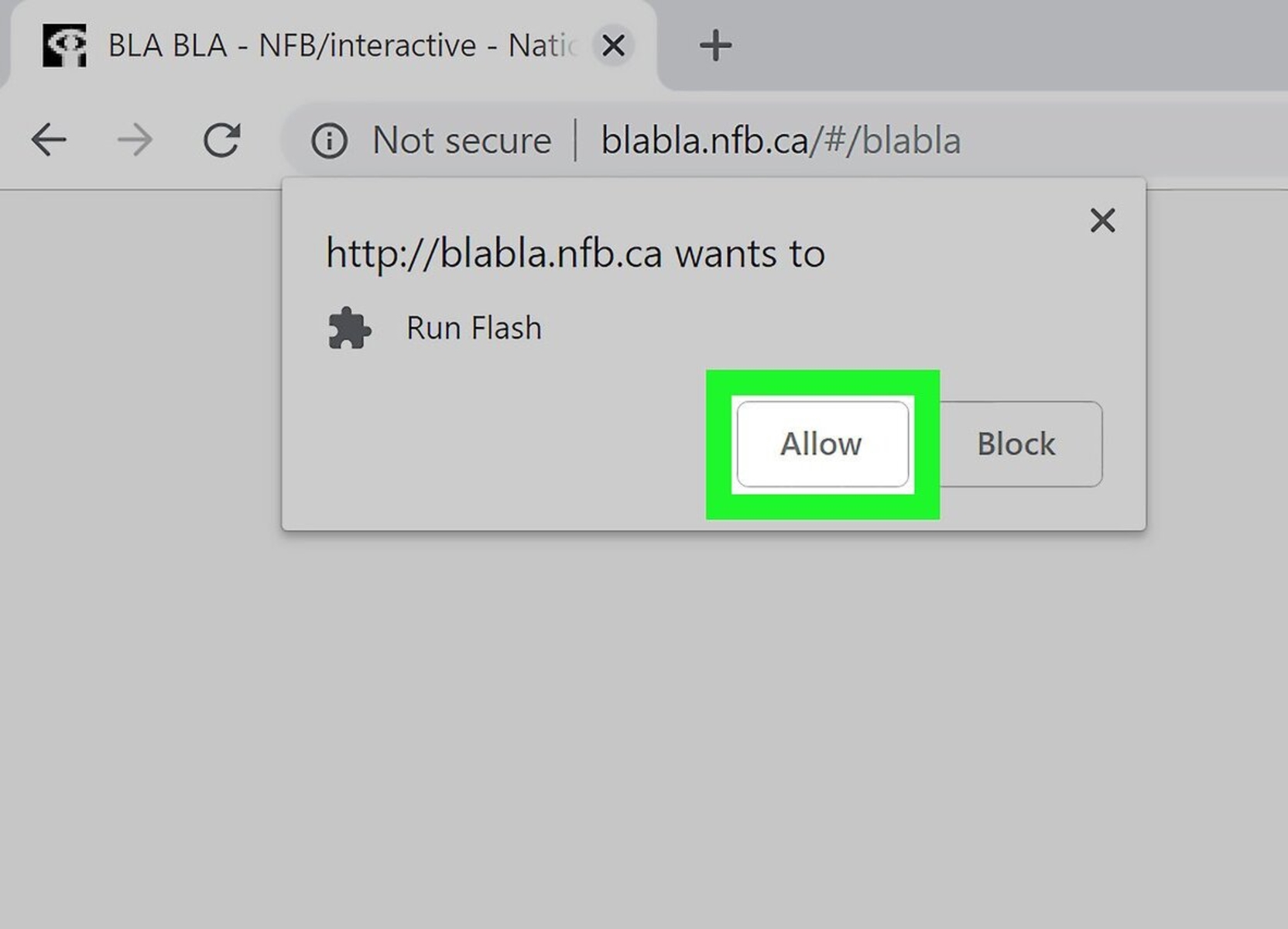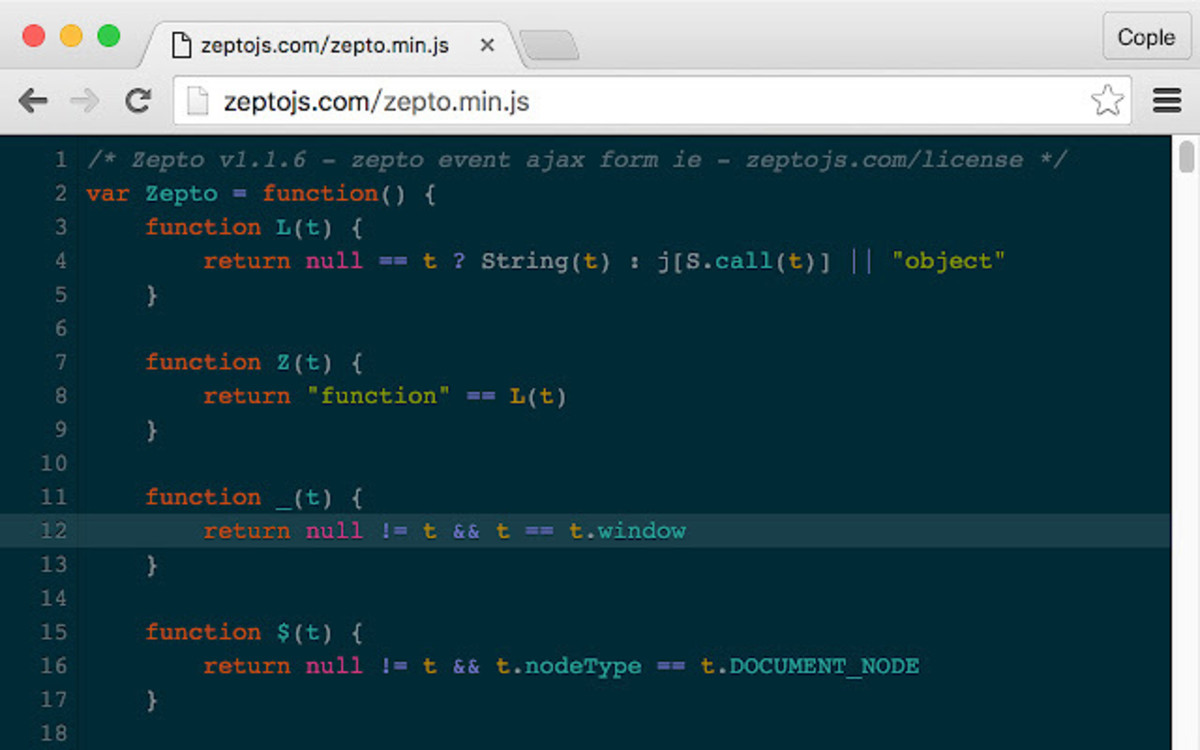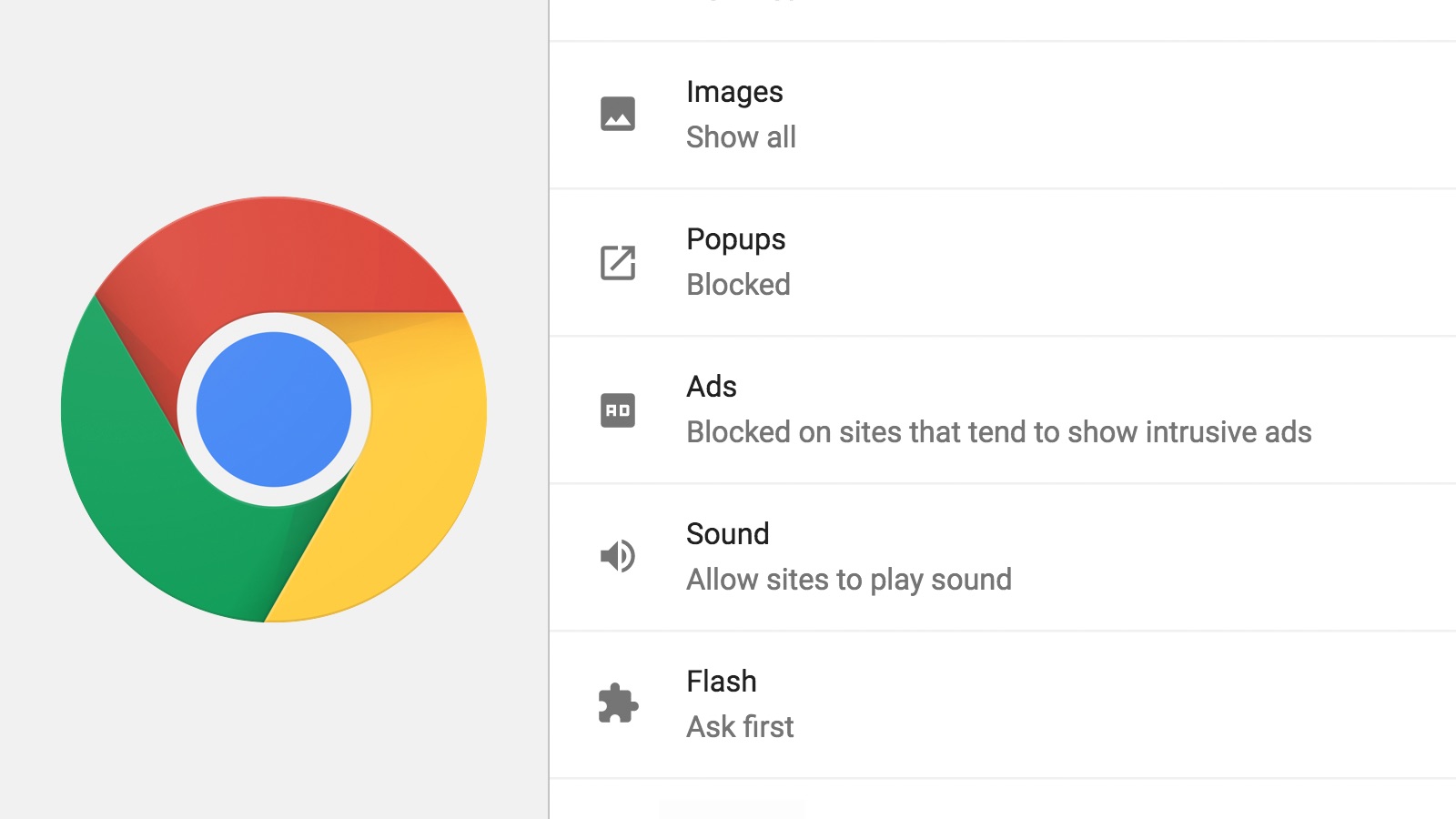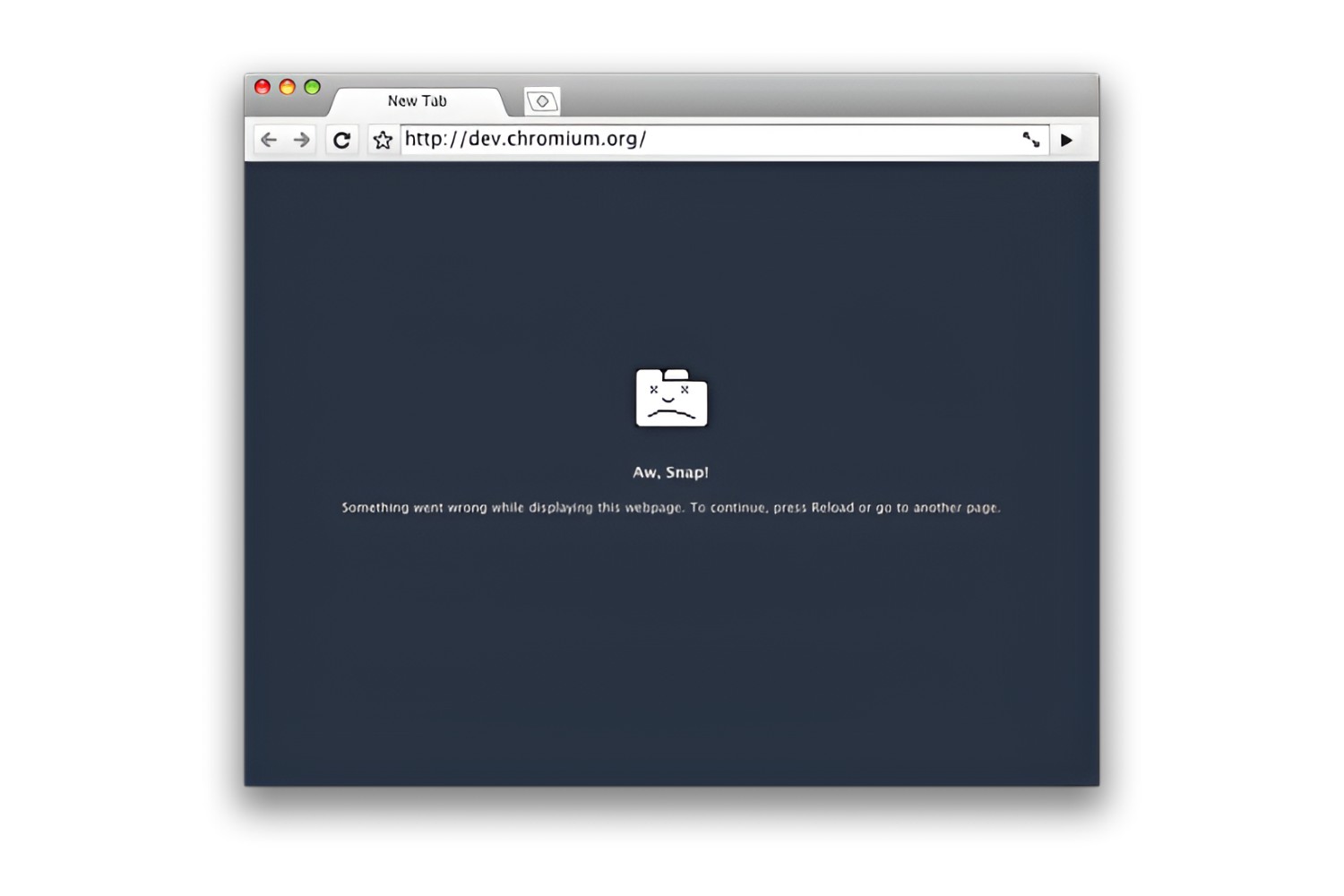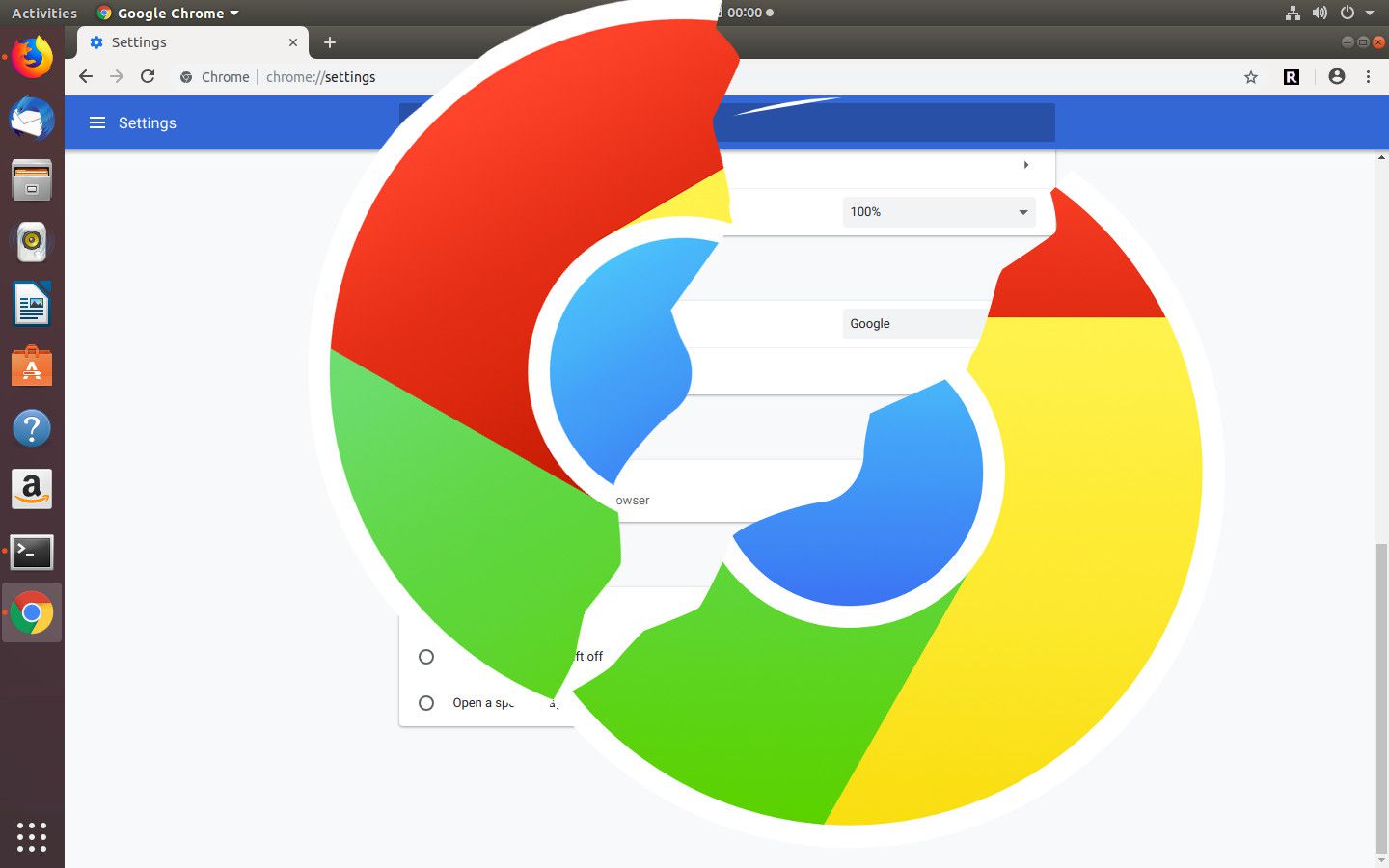Introduction
Keeping your web browser and its extensions up to date is crucial for a smooth and secure online experience. In this article, we will explore the process of updating components on Google Chrome, one of the most popular web browsers globally. By understanding how to check for updates and efficiently manage individual and all components, you can ensure that your browsing experience remains optimized and secure.
Regular updates to browser components, such as the rendering engine, JavaScript engine, and security features, are essential for maintaining compatibility with modern websites and protecting against emerging security threats. Additionally, updating extensions and plugins can enhance functionality and address potential vulnerabilities, contributing to a safer and more efficient browsing environment.
By familiarizing yourself with the methods for updating components on Chrome, you can take proactive steps to safeguard your online activities and enjoy the latest features and improvements offered by the browser and its extensions. Let's delve into the process of checking for updates and managing component updates on Google Chrome to empower you with the knowledge needed to keep your browsing experience at its best.
Checking for Updates
To ensure that your Google Chrome browser and its components are running the latest versions, it's essential to regularly check for updates. Chrome simplifies this process by providing a straightforward method for users to verify if updates are available. Here's how you can check for updates on Google Chrome:
-
Accessing the Menu: Begin by launching Google Chrome on your computer. In the top-right corner of the browser window, you will find the "Customize and control Google Chrome" icon, represented by three vertical dots. Click on this icon to access the browser's menu.
-
Navigating to Settings: Within the menu, navigate to the "Settings" option and click on it. This will open a new tab displaying various settings and options for customizing your browsing experience.
-
Selecting About Chrome: In the Settings tab, locate and click on the "About Chrome" option from the left-hand menu. This will initiate the process of checking for updates to the browser and its components.
-
Automatic Update Check: Upon selecting "About Chrome," the browser will automatically check for available updates. If updates are found, Chrome will begin downloading and installing them in the background. You may need to restart the browser to apply the updates fully.
-
Verifying the Update: After the update process is complete, Chrome will display the current version number and indicate that the browser is up to date. This confirmation ensures that you are running the latest version of Google Chrome, including its components and security patches.
By following these simple steps, you can proactively check for updates on Google Chrome, ensuring that your browser and its components are equipped with the latest features and security enhancements. Regularly verifying for updates is a proactive measure to maintain a secure and optimized browsing experience.
Checking for updates is the first step in the process of managing component updates on Google Chrome. Once you have confirmed that your browser is up to date, you can proceed to the next steps, which involve updating individual components and managing updates for all components simultaneously. Let's explore these processes to empower you with the knowledge needed to keep your browsing experience optimized and secure.
Updating Individual Components
Updating individual components on Google Chrome allows you to specifically target and manage the updates for essential browser elements, such as the rendering engine, JavaScript engine, and security features. Additionally, this process enables you to address any potential issues or vulnerabilities associated with specific components, ensuring a secure and efficient browsing experience. Here's a detailed guide on how to update individual components on Google Chrome:
-
Accessing the Components Page: To begin updating individual components, open Google Chrome on your computer. In the address bar, type or paste the following URL and press Enter:
chrome://components/. This will direct you to the Components page, where you can view a list of individual components and their respective versions. -
Identifying Outdated Components: On the Components page, you will see a list of various components, each accompanied by its current version number. Components with available updates will display an "Update" button next to their respective entries. Scan through the list to identify components that have pending updates.
-
Initiating Component Updates: For components that have available updates, click on the "Update" button next to the corresponding entry. This action will prompt Chrome to begin downloading and installing the latest version of the selected component. The update process may take a few moments to complete, depending on the size of the update and your internet connection speed.
-
Verifying Component Updates: After the update process finishes, Chrome will display a "Component updated" message next to the updated component. This confirmation indicates that the selected component has been successfully updated to the latest version. Repeat this process for any other components that require updating.
-
Restarting the Browser: In some cases, certain component updates may require you to restart the browser to apply the changes fully. If prompted to do so, simply restart Google Chrome to ensure that all updated components are integrated into the browsing environment.
By following these steps, you can efficiently update individual components on Google Chrome, ensuring that essential browser elements are equipped with the latest improvements and security patches. This proactive approach to managing component updates contributes to a more secure and optimized browsing experience.
Updating individual components on Google Chrome empowers you to take targeted actions to keep your browser's essential elements up to date, contributing to a safer and more efficient browsing environment. Once you have updated individual components, you can further optimize your browsing experience by exploring the process of updating all components simultaneously, which we will delve into next.
Updating All Components
Updating all components on Google Chrome involves initiating a comprehensive process to ensure that every essential element of the browser, including the rendering engine, JavaScript engine, and security features, is running the latest versions. This approach allows you to streamline the update process, addressing potential vulnerabilities and benefiting from the latest improvements across all components simultaneously. Here's a detailed guide on how to update all components on Google Chrome:
-
Accessing the Components Page: To begin updating all components, launch Google Chrome on your computer. In the address bar, type or paste the following URL and press Enter:
chrome://components/. This will direct you to the Components page, where you can view a comprehensive list of individual components and their respective versions. -
Checking for Available Updates: On the Components page, carefully review the list of components to identify those with pending updates. Components that have available updates will display an "Update" button next to their respective entries. This step ensures that you are aware of all components requiring updates before proceeding with the comprehensive update process.
-
Initiating the Update Process: To update all components simultaneously, locate the "Check for update" button at the top of the Components page. Clicking this button prompts Google Chrome to initiate a comprehensive check for available updates across all listed components. If updates are found, Chrome will begin downloading and installing the latest versions for each component.
-
Verifying Component Updates: As the update process progresses, Chrome will display individual progress indicators for each component being updated. Once the updates are successfully installed, the progress indicators will be replaced with a "Component updated" message next to the corresponding components. This visual confirmation ensures that all components have been updated to their latest versions.
-
Restarting the Browser: Following the comprehensive update process, it is advisable to restart Google Chrome to ensure that all updated components are fully integrated into the browsing environment. This step allows the browser to apply the changes effectively, optimizing the performance and security of the updated components.
By following these steps, you can efficiently update all components on Google Chrome, ensuring that every essential element of the browser is equipped with the latest improvements and security patches. This proactive approach to managing component updates contributes to a more secure and optimized browsing experience, empowering you to stay ahead of potential vulnerabilities and benefit from the latest features offered by the browser and its components.
Conclusion
In conclusion, maintaining up-to-date components on Google Chrome is a fundamental aspect of ensuring a secure, efficient, and feature-rich browsing experience. By following the outlined processes for checking for updates, updating individual components, and managing comprehensive updates for all components, users can proactively safeguard their online activities and benefit from the latest improvements offered by the browser and its extensions.
Regularly checking for updates on Google Chrome is the first step in the proactive management of browser components. By accessing the browser's settings and navigating to the "About Chrome" section, users can verify if updates are available and ensure that the browser is running the latest version. This simple yet crucial step contributes to maintaining compatibility with modern websites and addressing potential security vulnerabilities.
Updating individual components on Google Chrome empowers users to take targeted actions to keep essential browser elements up to date. By accessing the Components page and identifying outdated components, users can initiate the update process for specific elements such as the rendering engine, JavaScript engine, and security features. This granular approach allows for efficient management of component updates, contributing to a more secure and optimized browsing environment.
Furthermore, the comprehensive process of updating all components on Google Chrome streamlines the management of essential browser elements. By initiating a comprehensive check for available updates and addressing pending updates across all listed components, users can ensure that every critical element of the browser is equipped with the latest improvements and security patches. This proactive approach contributes to a more secure and efficient browsing experience, empowering users to stay ahead of potential vulnerabilities and benefit from the latest features offered by the browser and its components.
In essence, the proactive management of component updates on Google Chrome is essential for maintaining a secure and optimized browsing experience. By incorporating these practices into your regular browsing routine, you can ensure that your online activities are safeguarded against emerging threats and benefit from the latest features and improvements offered by the browser and its extensions. Embracing a proactive approach to managing component updates on Google Chrome is a proactive step towards a safer and more efficient browsing experience.










